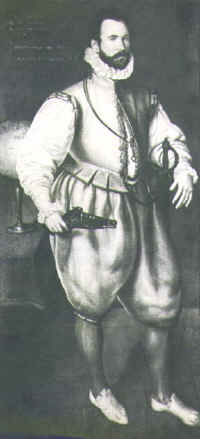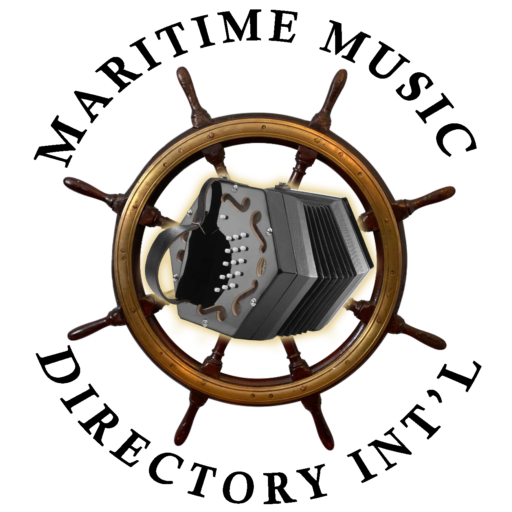Sir Martin Frobisher

The advance of science appeared more dramatically in the efforts of adventurous or acquisitive spirits to explore the “great Magnet” (North America) for geographical or commercial purposes. In 1576 Sir Humphrey Gilbert published a suggestive Discourse… for a New Passage to Cataia – i.e., “Cathay,” or China – proposing a northwest sailing through or around Canada. Sir Martin Frobisher, in that year, set out with three small vessels to find such a route. One of his ships foundered, another deserted; he went ahead in the tiny twenty-five-ton Gabriel; he reached Baffin Land, but the Eskimos fought him, and he returned to England for more men and supplies. His later voyages were diverted from geography by a vain hunt for gold. Gilbert took up the quest for a northwest passage, but was drowned in the attempt (1592).
The Age of Reason Begins, Will and Ariel Durant.
It is commonly taught that the English ships were smaller than the Spanish. This is a misconception caused by the practice of Spanish captains to inflate the size of their ships in order to get more compensation for their use in war. At the beginning of the 16th century the English ton was equal to the Spanish tonelada, but by the time of the Armada the tonelada had shrunken to 1/2 ton. In addition, the largest ship in the battle was the 1,100 ton Triumph under the command of Frobisher.
The Cavalier Compendium, Mark & Jennie Gist
The English explorer Martin Frobisher created a gold fever in England in 1578 when he returned from Baffin Island with 200 tons of glittering gold ore. Great preparations were made for getting more and more gold, but it turned out that the ore was merely iron pyrite (“fool’s gold”). It was eventually crushed and used for road repair.
Isaac Asimov’s Book of Facts
